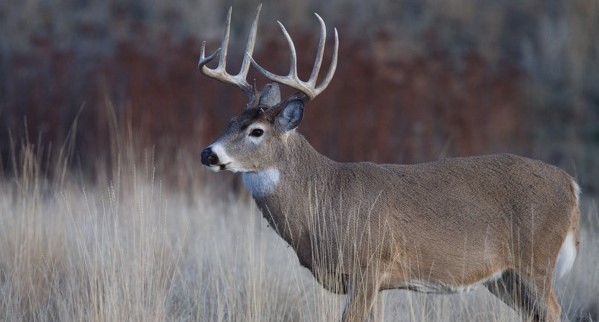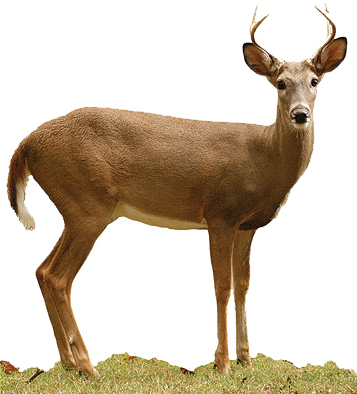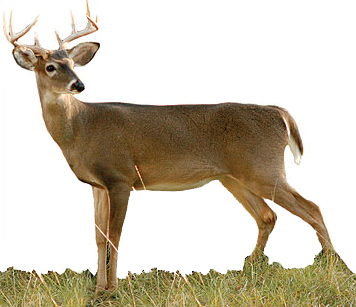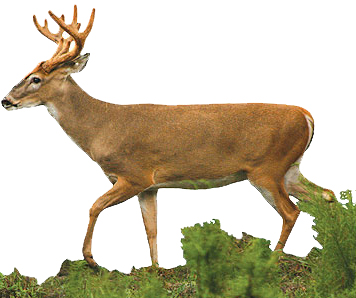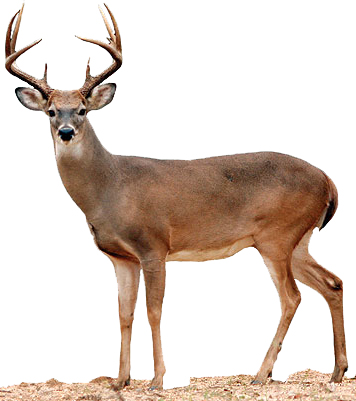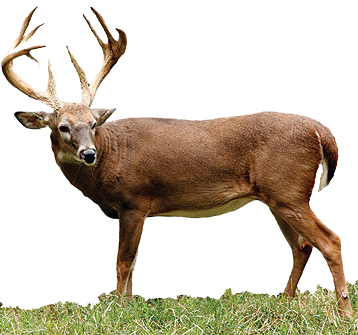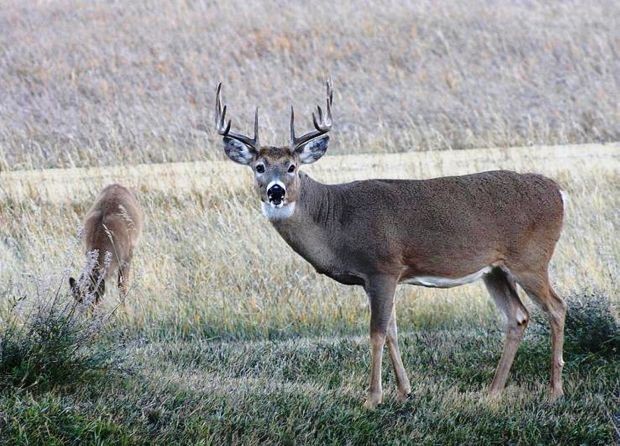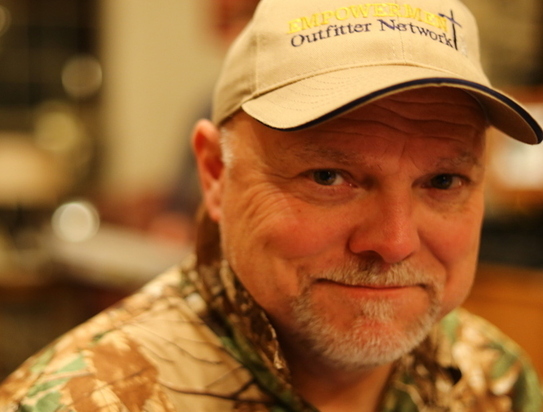Judging Whitetail Buck Age in the Field: A Basic Guide
Whitetail deer season is here at last. After the long wait, you find yourself in your happy place: your hunting blind or tree stand. After a few quiet minutes of anticipation in the dark, the early morning light starts to reveal obscure shapes — your adrenaline spikes. Soon, you confirm that some of those shapes are in fact, deer. You look to your left and notice movement. A racked buck enters the stage. His majestic movement across the landscape leaves little doubt that he’s a good one. This is just how you imagined it playing out. It’s game on.
Or is it?
You set aside your binoculars and fix the buck in your scope or bow sight. Despite the thrill, a wave of hesitation starts to set in. It no doubt looks enormous next to the small forked buck and array of does in front of you, but how large is it? How old? What at first seemed like a foregone conclusion, you now start to gruel over your pending decision.
Not everyone is a management-minded hunter, but these days, a lot of us seek to manage and improve our area whitetail herds through selective harvest. For some, that means taking out a certain number of does. However, arguably the best (and most popular) management tactic is to harvest bucks based on age class. That is if you seek to have more quality, mature bucks on your hunting grounds. To successfully execute this strategy, hunters need the ability to accurately age bucks on the hoof. For quality deer management purposes, it’s a must. If you haven’t already done so, learn and hone this skill.
Though this art is a little subjective, viewing, and understanding whitetail buck body traits can pay huge dividends. It isn’t just guesswork. With practice, it can yield very educated guesses. It’s a matter of carefully studying bucks in the field during hunting and scouting sessions. Though even the most experienced hunters make an occasional mistake, on balance, it can become a skill with a very high success rate.
There are four primary age classifications for live bucks that can usually be defined by certain body features, antler size, and structure. These classifications are:
1 ½ to 2 ½ years old
A yearling buck is often described as looking like a doe with antlers. They have long, thin legs, and their necks do not swell during the rut.
Two-and-a-half-year-olds still have legs that are long and out of proportion to their bodies. They have a tight belly with no sag. Their neck shows little if any swelling. Their antler spread is almost always less than the width of their ears (when their ears are in an alert position). They have a distinct line of separation between their neck and shoulders and little muscle definition.
3 ½ to 4 ½ years old
At three-and-a-half-years-old bucks start to develop muscled necks and deeper chests. They are often referred to as looking like a racehorse. At this age, legs now appear to be the right length for their bodies, as their torsos are now more fully developed. They have muscled shoulders and a highly swelled neck during the rut, but their waist is still lean.
Four-and- a-half-year-olds display much more pronounced neck muscles and even deeper chests. The legs become more in proportion with the overall body, appearing shorter. Their stomachs are taut but rounded, and their backs are flat. At this stage, antlers can reach up to 90 percent of their ultimate potential.
5 ½ to 6 ½ years old
Five-and-a-half-year-olds are more likely to show large, heavy antlers, as they are at or approaching 100 percent of their potential. They often display noticeable stomach sag, a slight sway in the back and their necks have an inflated appearance. Additionally, the area where the neck and chest meet is negligible. Legs are noticeably much thicker, and the animal is at top muscular condition.
Though rare in most areas, a 6 1/2-year-old buck is quite an impressive sight. They are similar physically to a 5-year-old; however, they almost always exhibit loose skin under their jaws, along with a saggy, rounded belly and a more pronounced swayed back. Their legs can look a little short compared to overall body size.
The 7 1/2-year-old and Up
Very rare in occurrence (especially in free-range areas), muscular traits start to decline at this late juncture. Hence, they can sometimes be mistaken for a younger-aged buck. Other possible characteristics include battle-scarred hides and loose skin around the neck and face. Further, antler size and mass often actually decrease from their peak size.
Again, with practice, we can ultimately become proficient in viewing and understanding body characteristics by age class. Though there are a lot of helpful reference guides and videos available, there is no substitute for applying this skill in the field. Note that such characteristics can be interpreted differently across viewers, but an educated effort is nonetheless favorable. This effort is not only important to apply to individual bucks but can be part of a bigger plan for determining and managing overall age structure in the areas you hunt. Finally, body traits differ throughout the year, but the breeding season is the optimal period for aging bucks due to their seasonal neck swelling and tarsal staining. Hence, it’s best to concentrate your field-aging efforts on the rut and pre-rut periods.
When whitetails with favorable genetics are given a walking pass, they have the opportunity to breed, ultimately increasing the number of mature shooter bucks on your property over time.
As for actual hunting conditions, take your time when a buck appears, even if he’s chasing a doe. Admittedly, these situations can be abrupt, hence difficult. But if possible, stay the course. Study the buck with your optics as best you can. For the QDM-minded hunter, we are regretful when accidentally leaving a lot of potential on the table. However, if you do take a buck that is younger than intended, it’s not the end of the world. Cherish and respect the entirety of the hunt by sharing and eating the meat, as well as thanking God for your quarry and experience.
Based in Texas, Jerald Kopp is President of 1st Light Hunting Journal. His articles cover a variety of topics about hunting and the outdoor lifestyle. Jerald is an avid outdoorsman with deer hunting and whitetails being by far his greatest passion. He was introduced to hunting and fishing at an early age and has been enjoying it for 40+ years. In 2005, he established the Empowerment Outfitter Network (EON) – a faith-based non-profit organization that provides hunting opportunities for disabled and terminally-ill children and youth. When not hunting, he spends his time traveling and enjoying life with Amy, his wife of over 30 years. Jerald and Amy have two adult daughters and a son-in-law.

